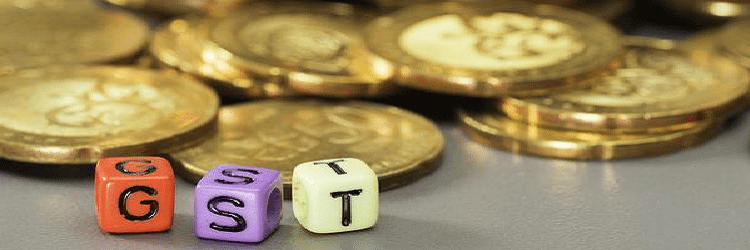
Multiple GST rates and implications for Indian business
India is introducing a multi-tier GST. The varying tax rates have some major implications for Indian businesses.
Four rates have been proposed for the GST: 5%, 12%, 18% and 28%. Different goods and services will be taxed at either of these four rates, but it is not yet known which items will be taxed at what rate. Given the emphasis on making GST a ‘progressive’ tax, it is expected that essential items — goods and services used regularly by common people for daily needs — will be taxed at lower rates, while luxury goods will be taxed at higher rates. Around half of the items featured in the basket for measuring Consumer Price Index (CPI) are expected to be left untaxed.
The implications for Indian businesses will vary according to the rate of tax imposed on their items. Many businesses and industry practitioners might be under the impression that the GST will lower the burden of taxes. However, this is a wrong impression. The GST is expected to consolidate the various indirect taxes into one composite rate. For example, if an item at present is attracting central and state indirect taxes of 13% each, then the total indirect tax burden on the item is around 26%. After the introduction of GST, this item is expected to be put in the tier nearest to 26%, which is 28%. Thus, there might be a marginal increase in taxes post-GST. Similarly, there could be a marginal reduction in tax rates after the GST.
A more recent development has some tax burden implications for items that will be in the highest slab. The GST Council has decided to peg the highest GST tax rate at 40% instead of 28%. By having a maximum rate of 28%, the GST structure would have allowed the centre and states to impose a maximum of 14% GST individually on luxury goods. However, in addition to a maximum GST of 28%, these goods would have still attracted cesses, like those that are currently levied for funding Clean India and other important government projects. By extending the peak rate to 40% and enabling center and states to tax at 20% each, the GST Council hopes to merge the cesses into a single GST rate. While this would simplify the GST structure, it also opens the possibility of some items experiencing much higher indirect taxes in the future.
Any cess or additional taxes imposed above 28% will be contributed to a corpus that will mobilize revenues for compensating states. Indian states have agreed to implement GST on the assurance that, if they suffer any revenue losses after shifting to GST, they will be compensated for the loss. Thus the GST structure has to build in provisions for this compensation. It seems that after currency demonetization in November 2016, several states were apprehensive about an economic contraction and the resultant reduction in indirect tax revenues. This might have led to demands for increasing the maximum rate, so that states have the flexibility to mobilize more revenue by increasing GST to a maximum of 20% on luxury goods.
High-end passenger cars, cigarettes, tobacco, and alcoholic beverages are some of the items that are likely to attract the highest rate of GST. There are also industries like aerated beverages (soft drinks), which have been classified under ‘demerit’ goods and are to be taxed at 28% or more. It is debatable whether aerated beverages need to be taxed as high as alcohol and tobacco.
More importantly, given that several Indian states are unable to control expenditure and running budget deficits, there could be a tendency on their part to push more goods into the highest tax slab in the future. Many industries would then find their products subjected to a higher rate of GST than anticipated.
To learn more about how Avalara can help you with GST rate automation, contact us through https://www.avalara.com/in/products/gst-calculation/
Disclaimer: This blog is made available by Avalara for educational purposes only as well as to give you general information, not to provide specific legal or tax advice. The blog should not be used as a substitute for competent legal or tax advice from a licensed professional in your state or country.



